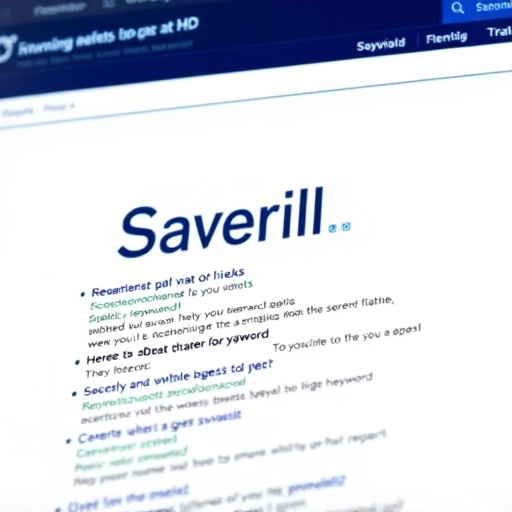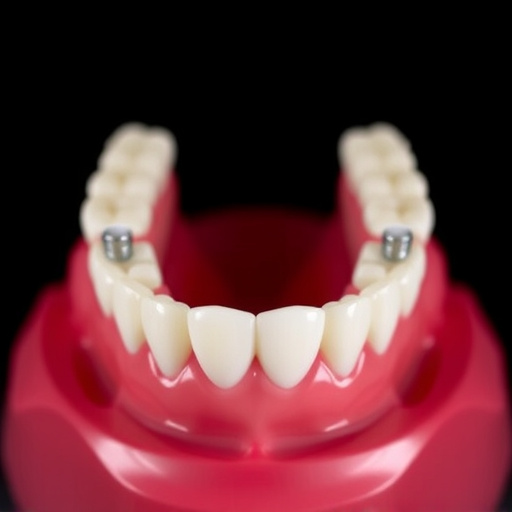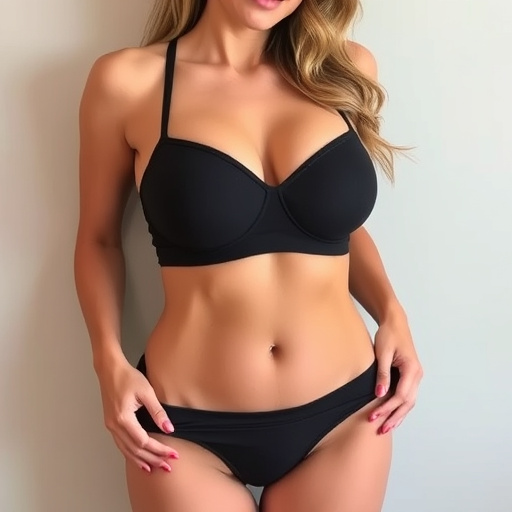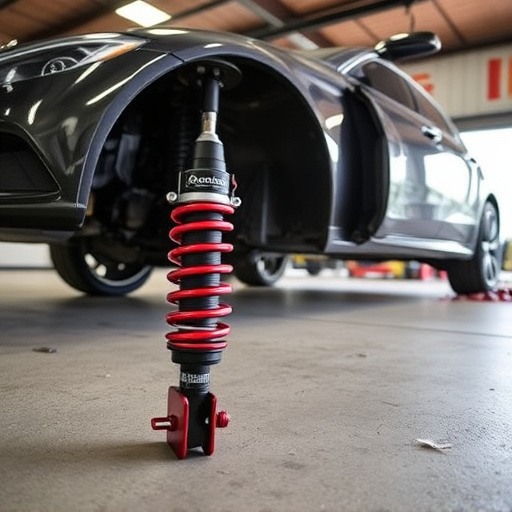The DTF Shaker is a vital tool for professional powder application in DTF printing, preventing clumps and ensuring even coating on fabric surfaces, crucial for high-volume production like custom hoodies. It enhances print quality, durability, and resistance to chipping of custom t-shirts and DTF prints. Proper usage involves even distribution, vigorous yet gentle shaking, and brief settling periods between shakes for optimal adhesion during heat press. Consistency yields professional results beneficial for both experts and beginners.
The DTF Shaker is a game-changer in powder coating applications, ensuring smooth, even finishes without clumps or inconsistencies. This innovative tool plays a crucial role in preventing common issues like powdery buildup and uneven coatings. By understanding how the DTF Shaker optimizes powder application, you can achieve professional results in your DIY projects or industrial settings. Explore effective strategies for utilizing this shaker to create flawless, uniform layers of powder coating.
- Understanding the DTF Shaker's Role in Powder Application
- Common Issues with Powder Coating and Their Solutions
- Optimizing DTF Shaker Use for Consistent Results
Understanding the DTF Shaker's Role in Powder Application
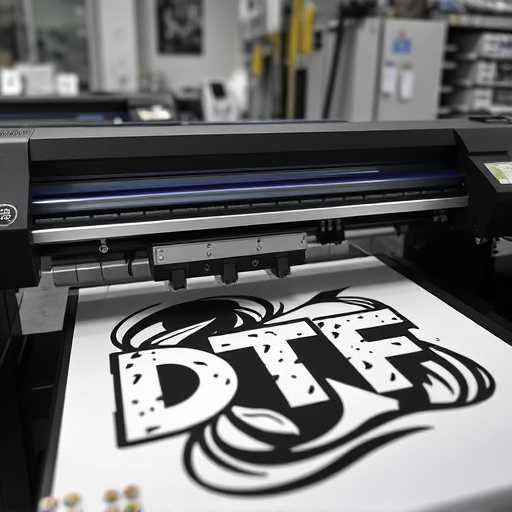
The DTF Shaker plays a pivotal role in ensuring a seamless and professional powder application process, which is crucial for techniques like direct-to-fabric (DTF) heat transfer printing on items such as dtf heat transfer paper and bulk DFT shirt production. This innovative tool is designed to prevent the common issues of powder clumps and uneven coatings, which can compromise the quality of printed designs, particularly when decorating hoodies or other garments using DTF printing methods.
By agitating the powder evenly, a DTF Shaker ensures that every area of the fabric receives an identical coating, resulting in a more consistent and vibrant print. This is especially beneficial for those involved in the mass production of items like custom hoodies, where maintaining high-quality standards throughout the printing process is essential to customer satisfaction.
Common Issues with Powder Coating and Their Solutions
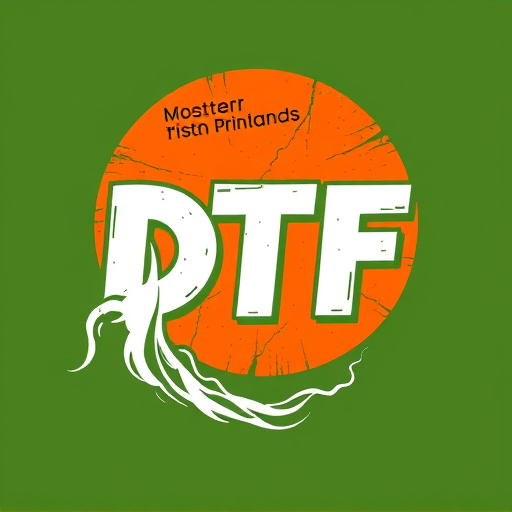
Powder coating, while offering a durable and attractive finish, often encounters challenges that can compromise its quality. One of the most prevalent issues is the formation of powder clumps during application. This not only results in an uneven coat but also leads to spots or patches on the final product, compromising aesthetics. Additionally, improper coating can cause the powder to fall off or chip over time, affecting the longevity of the custom t shirts or dtf prints.
The DTF Shaker is a game-changer in addressing these common problems. By agitating the powder before application, it ensures even distribution and prevents clumps from forming. This results in a smooth, consistent coating on light fabrics like those used for dtf printing. The shaker’s mechanism enhances the bonding of the powder to the surface, making the final product more durable and resistant to chipping or flaking.
Optimizing DTF Shaker Use for Consistent Results
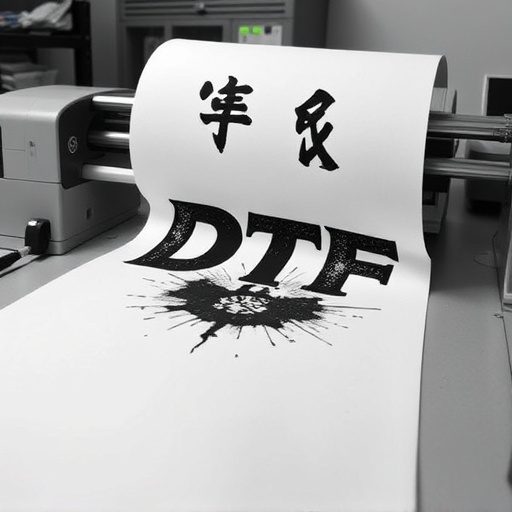
For consistent and professional results with your DTF Shaker, proper usage is key. Begin by ensuring your powder is evenly distributed in the shaker’s container. This uniform coating allows for maximum contact during shaking, preventing clumps and ensuring a smooth finish. Next, shake vigorously yet gently to avoid any damage or leaks from over-aggressive mixing. For optimal results with DTF printing for hoodies or other apparel, allow the shaker’s contents to settle briefly between shakes. This step is crucial as it enables the powder to adhere properly to the substrate in the subsequent heat press process.
Remember that consistency is vital. Using a DTF Shaker correctly ensures even coating, which translates into high-quality DTF for apparel applications. Whether you’re a seasoned professional or just starting out with DTF printing, mastering the art of shaker usage can significantly enhance your overall output quality.
The DTF Shaker is a game-changer in the world of powder coating, addressing common issues like clumps and uneven application. By understanding its role and optimizing usage, professionals can achieve consistent, high-quality results, making it an indispensable tool for any powder coating process.

